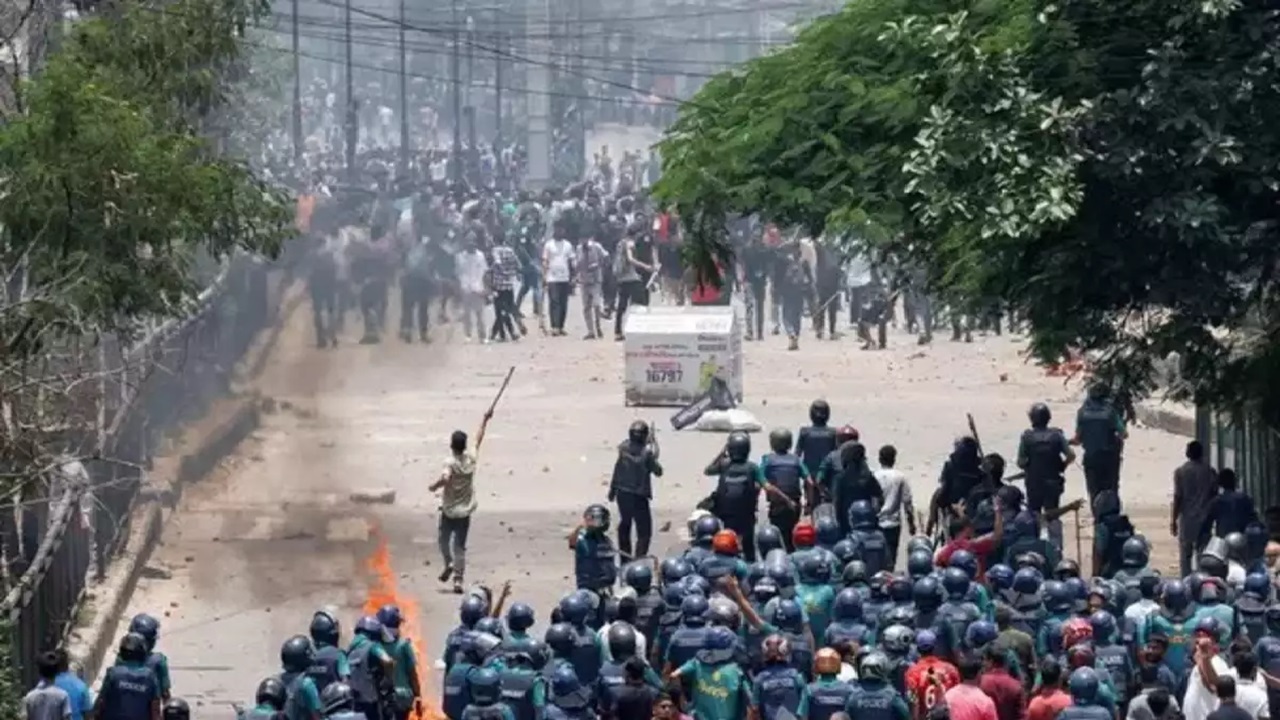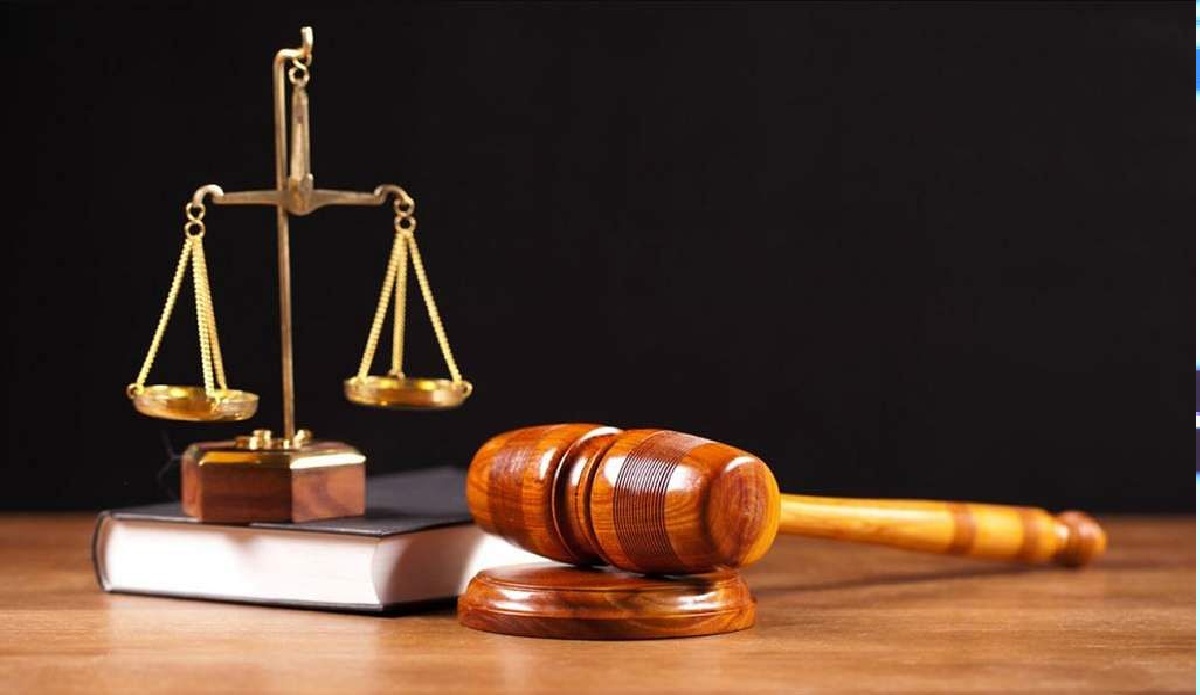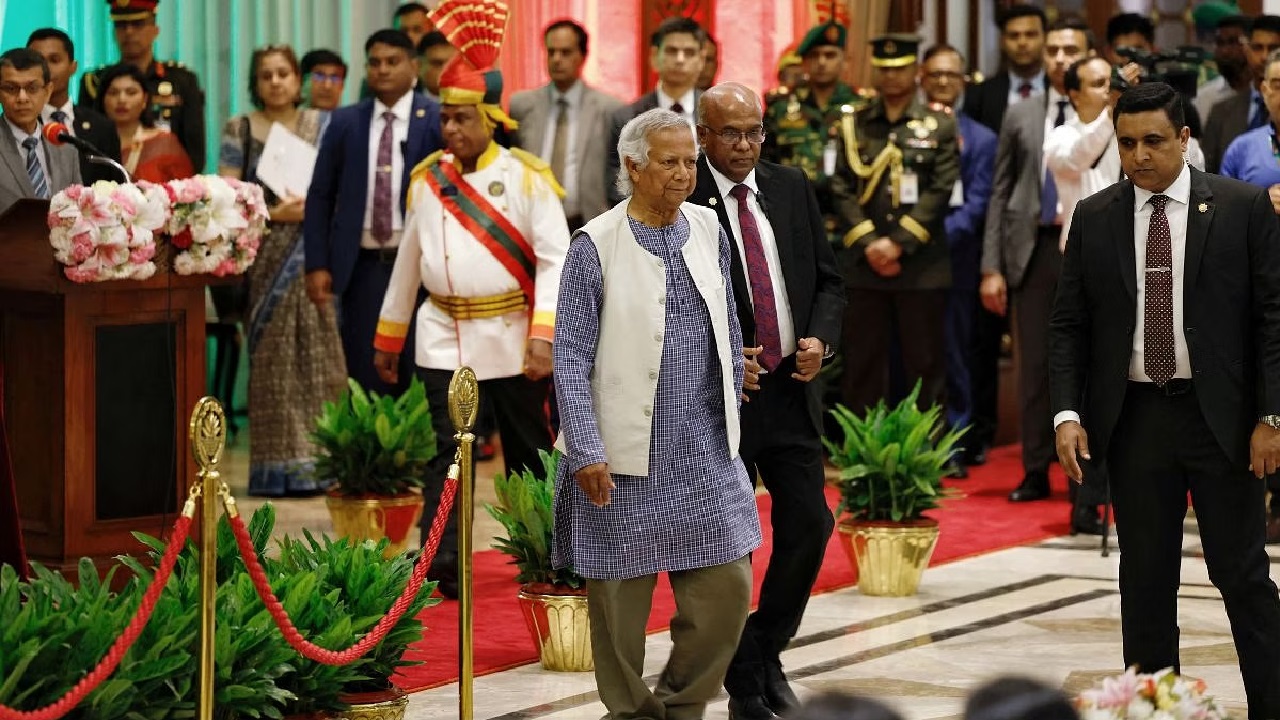
Bangladesh is in the midst of one of its most severe periods of civil unrest, with over 300 people reported dead amid widespread protests against Prime Minister Sheikh Hasina’s government. The violence marks a critical moment in Hasina’s political career, spanning two separate terms over 20 years. The recent unrest, which has seen staggering casualties, underscores the intensity of the current crisis and the growing public discontent.
Origins of the Unrest
The protests, which erupted late last month, center around the contentious quota system for government jobs. Established in 1972 and briefly abolished in 2018 before being reinstated, this system reserves up to 30% of government jobs for family members of veterans from Bangladesh’s 1971 war of independence against Pakistan. Critics argue that the quota system unfairly benefits supporters of the ruling Awami League party, which Hasina leads, and undermines merit-based hiring.
Student activists from Dhaka University initially sparked the protests, demanding an end to the quota system. These demonstrations turned violent when clashes broke out between students and both police forces and pro-government counter-protesters. The situation was exacerbated by Prime Minister Hasina’s remarks, which many viewed as dismissive and inflammatory, further fueling public outrage.
Rapid Escalation
The protests have evolved beyond the initial demand for quota reform into a broader anti-government movement. Various sectors of society, including film stars, musicians, and garment workers, have joined the protests, calling for Hasina’s resignation. Social media campaigns and rap songs have amplified the demands, reflecting a broad-based dissatisfaction with the current administration.
The unrest reached new heights when protesters organized a “March To Dhaka,” targeting government buildings and Awami League offices across the country. Public representatives’ residences, police stations, and ruling party offices were attacked, vandalized, and set on fire in 39 districts. These violent actions led to substantial property damage and further fueled the conflict.
Government Response
In response to the escalating violence, the government imposed an indefinite nationwide curfew starting at 6 PM on Sunday. This was the first curfew during the current wave of protests. Authorities also declared a three-day general holiday, intending to curb public gatherings and reduce the unrest. Additionally, internet services were suspended to limit communication among protesters and control the spread of information.
Despite these measures, the situation remained volatile. Demonstrators continued to block major highways and engage in violent clashes with security forces. Reports indicate severe confrontations, including the beating deaths of 13 policemen in Sirajganj and the arson of two lawmakers’ homes.
Intensification of Clashes
On Sunday, at least 91 people, including 14 policemen, were killed in clashes between protesters and ruling party supporters. These clashes occurred as part of a non-cooperation program organized by the Students Against Discrimination, who demanded the government’s resignation over the quota system. The violence led to significant casualties and further unrest.
This latest round of violence follows a prior wave of protests that resulted in over 200 deaths. The previous unrest was triggered by police actions against protesters demanding the abolition of the quota system. Since then, more than 11,000 individuals have been arrested, highlighting the scale of the government’s response to the unrest.
International Reactions and Advisory
The international community has expressed concern over the situation in Bangladesh. In response to the escalating violence, the Indian Ministry of External Affairs (MEA) has strongly advised Indian nationals against traveling to Bangladesh. Those currently in the country are urged to exercise extreme caution, limit their movements, and stay in regular contact with the High Commission of India in Dhaka through designated emergency numbers.
The ongoing crisis has drawn attention from global observers, who are concerned about the potential for further escalation and its impact on regional stability. The heavy-handed approach of the Bangladeshi government, combined with widespread public dissatisfaction, indicates that resolving this crisis will require significant political and social reforms.
The turmoil in Bangladesh represents a critical juncture in the country’s political landscape. With over 300 people dead and widespread violence, the current unrest poses a significant challenge for Prime Minister Sheikh Hasina and her administration. The crisis highlights deep-seated grievances and the need for a comprehensive response to address both the immediate violence and the underlying issues driving the protests. As Bangladesh navigates this turbulent period, the international community watches closely, hoping for a resolution that restores stability and addresses the concerns of its citizens.
(With inputs from agencies)







